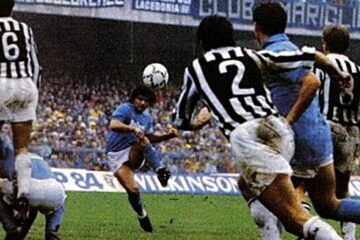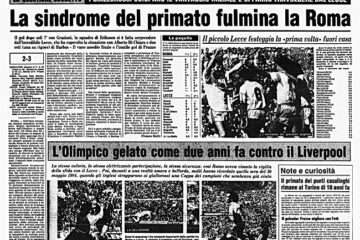The Forgotten Finals: A Secret History of the 1942 Patagonia World Cup!
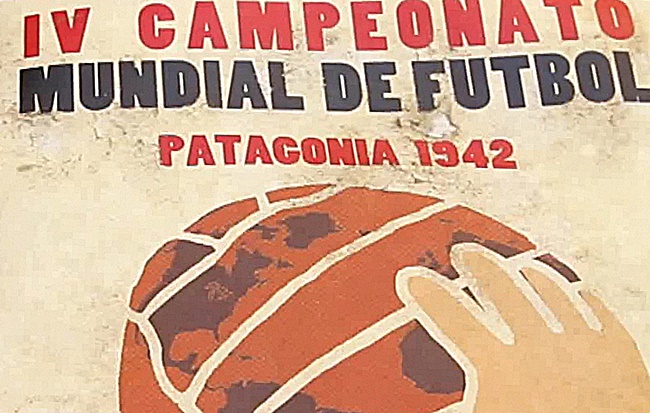
Prologue:
In the midst of World War II, a mysterious tournament took place in the remote region of Patagonia, hidden from the prying eyes of the world.
The 1942 Football World Cup, officially unrecognized by FIFA, has been relegated to the shadows of history. But whispers of a thrilling competition, featuring Latin American teams have long fascinated football enthusiasts.
At the center of this clandestine tournament was Count Ödön (or Otz) von Habsburg, a charismatic Hungarian aristocrat with a passion for football. A man of international influence and intrigue, Count Habsburg was said to have leveraged his connections to bring together the best teams from across South America for a tournament that would rival the official World Cup.
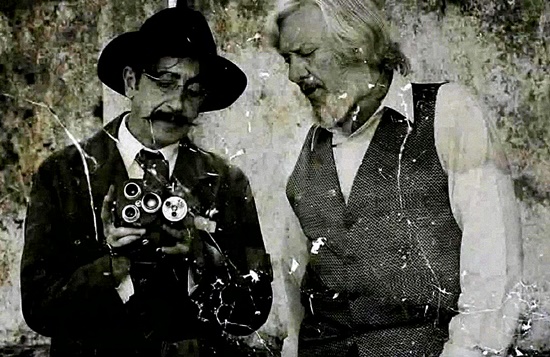
One of the few individuals’ privies to the inner workings of the tournament was photographer and filmmaker, Guillermo Sandrini.
Armed with his trusty camera, Sandrini captured the action on and off the pitch, providing a unique glimpse into the tournament’s behind-the-scenes drama.
His footage, shot on location in Patagonia, includes rare recordings of matches, team gatherings, and even clandestine meetings between officials.
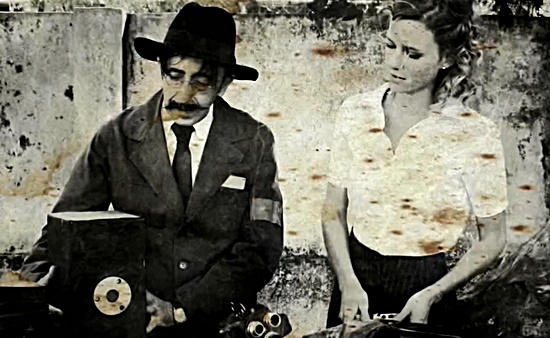
G. Sandrini and Count Otz’s daughter, Helena
Rumors abound about the circumstances surrounding this secret tournament. Some claim it was a covert operation, orchestrated by governments and football officials seeking to distract from the war effort. Others whisper of a hidden agenda, with the true purpose of the tournament being a cover for clandestine meetings between world leaders.
One thing is certain: the 1942 Patagonia World Cup remains a tantalizing enigma, shrouded in mystery and intrigue. This is the story of a forgotten chapter in football history, where the beautiful game intersected with geopolitics, secrecy, and deception.
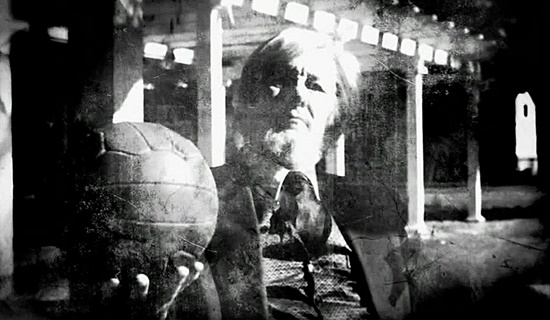
* * *
Euforia and the influence of football do not recognize the situation and conditions. Even as most of the world’s terrain burned down in World War II, the round leather games remained rolling through the 1942 World Cup event in Latin America.
As the unofficial “World Cup” in Germany, this World Cup is also not recognized. Any soccer organization, especially FIFA, has never acknowledged it.
“The 1942 World Cup was never mentioned in any history books, but was played in Patagonia, Argentina,” said Osvaldo Soriano in his book “Pensare con i Piedi”.
The “World Cup” of Patagonia, which is now divided between Argentina and Chile – in 1942 still enters the power of King Antoine III of the Kingdom of Araucanía and Patagonia, took place in mid-November 1942.
The tournament was initiated by the Balkan Royal Patagonia Minister of Religion, Count Vladimir von Otz.
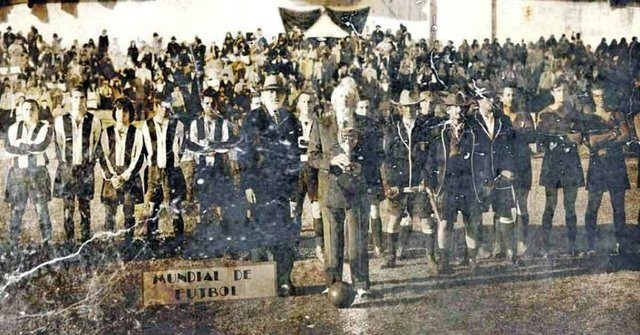
Participants were followed by 12 teams.
The teams that competed not only the Italian national team, Poland, Germany, Brazil, Scotland, England, the Soviet Union, Uruguay, Spain and France, but also local teams Real Patagonia and Mapuche.

They are generally filled with players who are immigrants, miners, laborers, and Mapuche Indians.
The opening match was held November 8, 1942, by presenting the Italian counter Real Patagonia team.
David Wood in Football and Literature in South America outlined, the 1942 Patagonia World Cup led to Mapuche Indian teams as champions after the final beat Germany 2-1.

The Mapuche Team
Although many people are still questioning the truth of the tournament, the mystery of the World Cup began to emerge in 2011 when Italian filmmaker Lorenzo Garzella and Filippo Macelloni released a documentary entitled
“Il Mundial Dimenticato” or “Missing World Cup”.
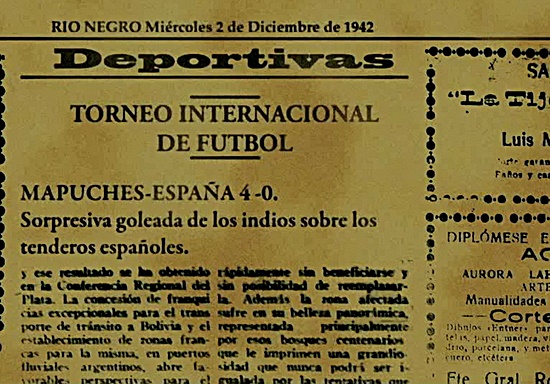
A part of newspapers of the time
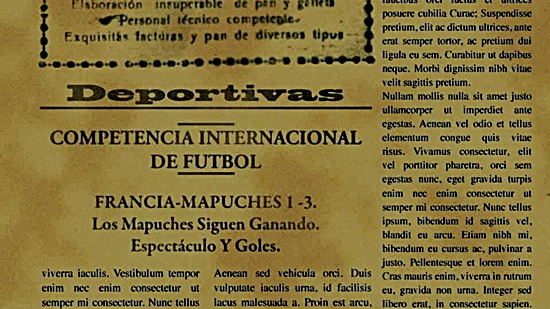
The 95-minute documentary featured senior Argentine journalist Sergio Levinsky’s research, Garzella-Macelloni’s findings, and interviews from figures from Jorge Valdano (former Argentine striker) to João Havelange (FIFA president 1974-1998), Roberto Baggio and Gary Lineker.
The documentary also presents a Mapuche Indian named Sarkento who claims to be part of the Mapuche team.
“Among the players on the team (Mapuche), I am the youngest. That’s why I am now (2011) alive, “Sarkento said in the documentary.
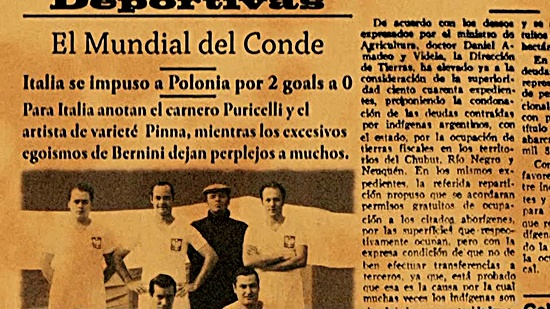
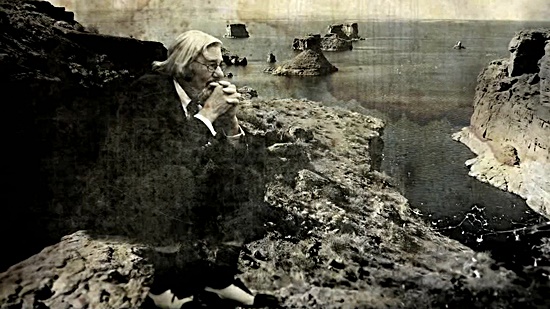
From a number of Garzella-Macelloni’s findings featured documentaries, there is a photo of the opening ceremony featuring Van Otz standing between the two teams holding the Jules Rimet trophy.
Van Otz was the one who commissioned Guillermo Sandrini, an Argentinean Argentine cameraman, documenting the “World Cup” of Patagonia.
The Jules Rimet trophy in the photo is still a mystery whether it is original or just a replica.
Levinsky’s search has not gotten there yet. Also, with the recording archive records Guillermo Sandrini. The majority of people think the World Cup is a mystery mysteriously veiled or just a legend.
Public distrust is reinforced by some oddities in the documentary. One of them, there is a referee in the tournament that is the son of Butch Cassidy, the runaway bandits from the United States.
He is said to referee the game not with a whistle, but with a gun!
As a result, many people think the documentary tends to be a false documentary Mockumentary alias.
Other opinions, including those interviewed by the documentary, consider Patagonia’s “World Cup” a mere legend.
“Even if (1942’s Patagonia World Cup) is just a legend, it remains important for football,” Havelange said in the documentary before the 2016 cap.
New York: April 8, 2025
_____________________________
Sports Vision +Plus / Champions Hour in activity since 2013
Discover more from Sports Vision +
Subscribe to get the latest posts sent to your email.


